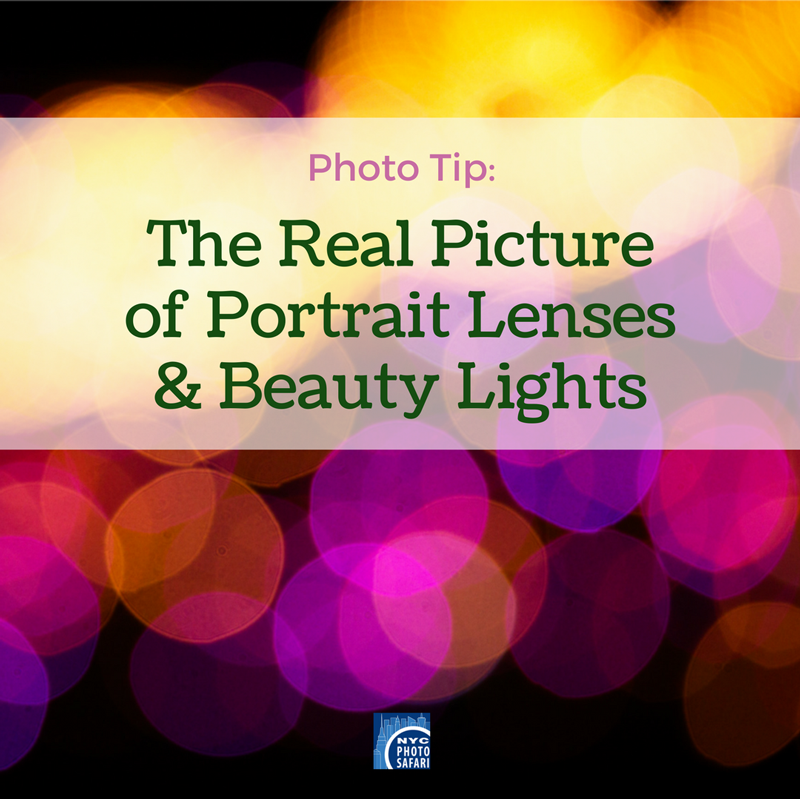
Aside from macro photography and landscape photography, perhaps the most popular type of photography is portraiture. It makes a lot of sense because people like to photograph their friends and family. Eventually it goes beyond the usual candid and people want an actual portrait. So in the pursuit of the perfect portrait, many photographers turn to more equipment to solve the problem. But once again we are reminded that it's usually not a matter of more equipment, but how you use the equipment.
One piece of the equipment is the "portrait lens". So why do they call it a portrait lens and what is its purpose? On a full frame sensor, a portrait lens is considered 105mm (about 85mm on a cropped sensor not 50mm). The reason it's called a portrait lens is because of the rate of distortion and compression. There is less visible distortion on the person's face and combined with the rate of compression it helps your subject look more flattering. However, this effect can be achieved just as well with other long lenses as well. For instance if you have a zoom lens that has the ability to shoot at 105mm then the affect of the compression will be the same. But generally speaking you can use any lens you wish to photograph a portrait, it is really just a matter of how you handle the composition, lighting and angle.
What about a beauty light? A beauty light is just a light that emits a very soft light. But the fact is that any light source can be changed to emit a softer looking light. If you have a clear understanding of how light works and how to manipulate light, then you will be able to change any light source into a "beauty light." And there is no need to buy a specific light.
Although these products may help make certain aspects of photographing these things easier, buying a portrait lens and/or a beauty light won't necessarily get you better portraits. In other words it's not the equipment but the photographer that makes the image.